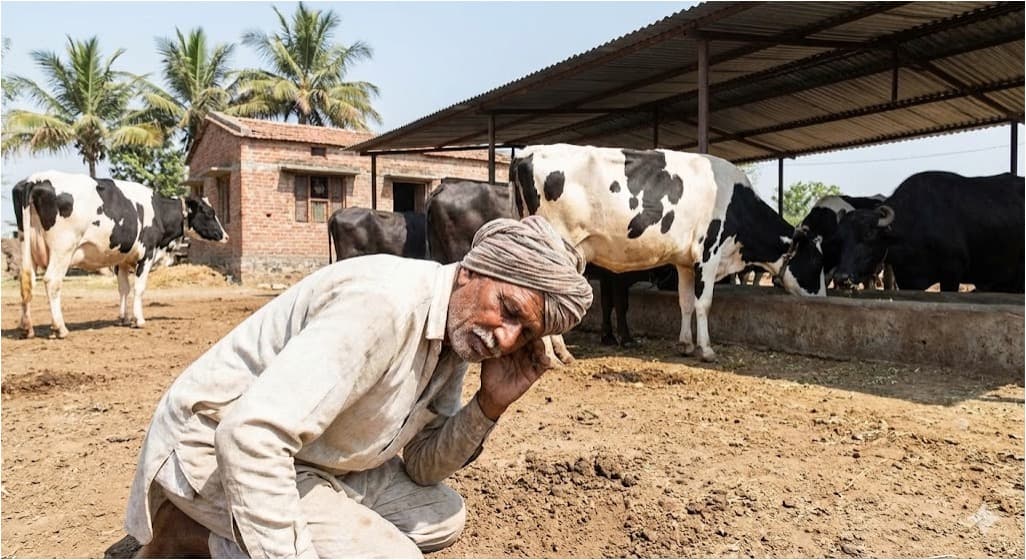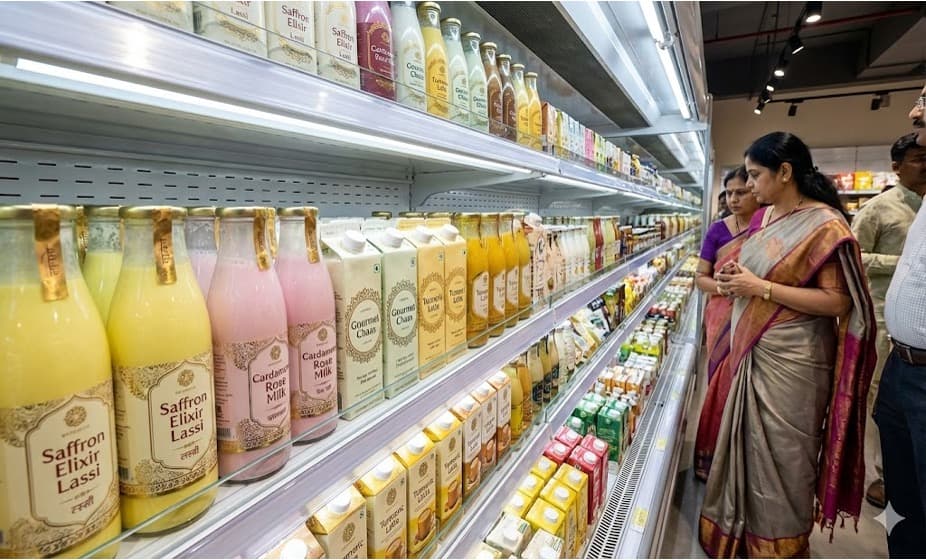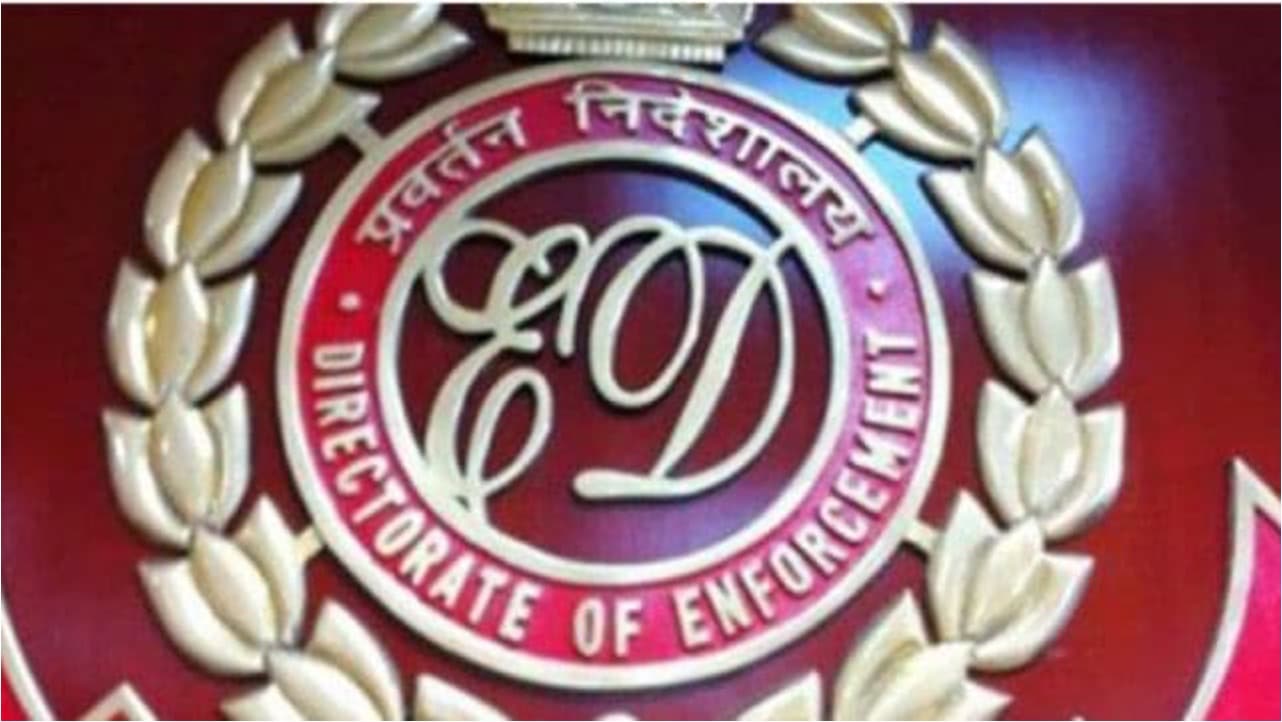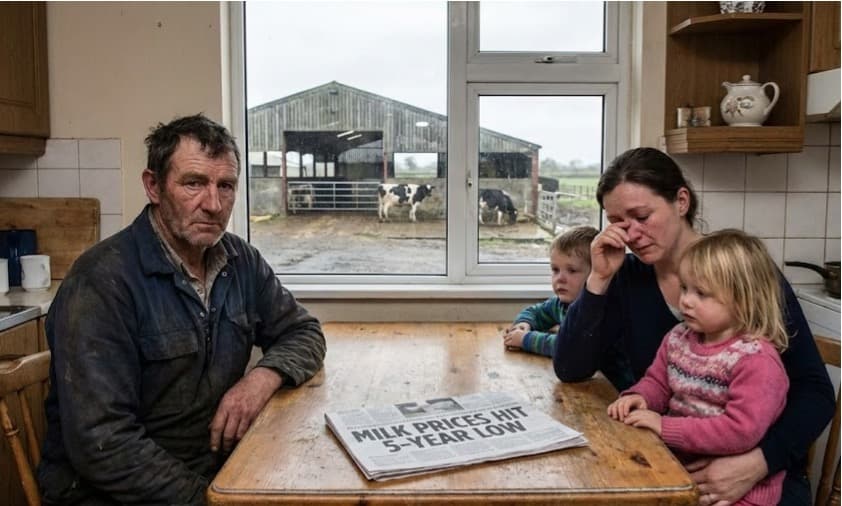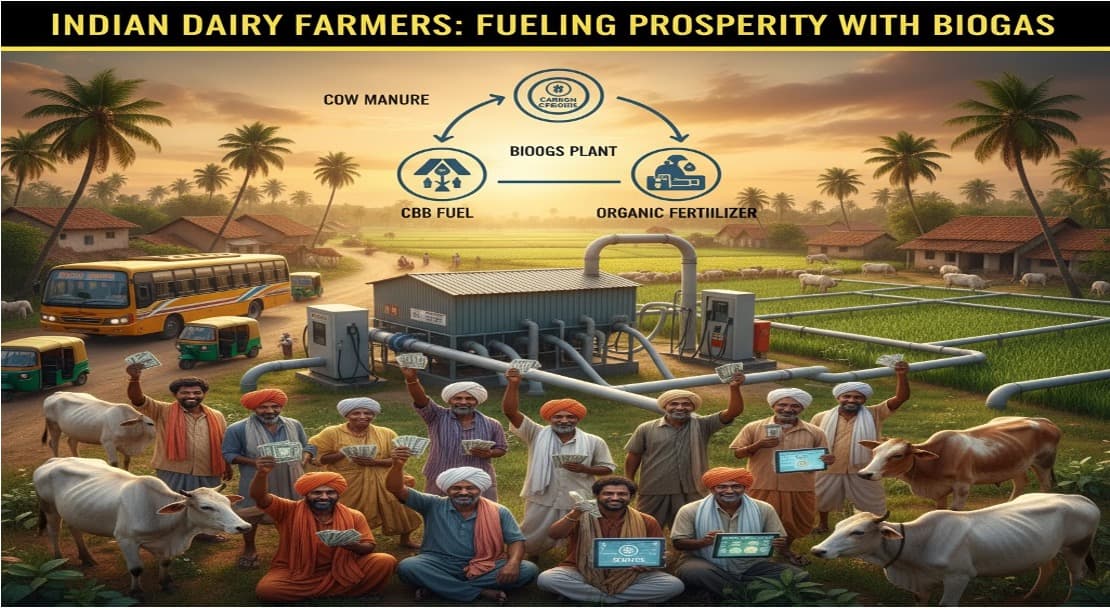Indian Dairy News
See More
Global Dairy News
See More
Latest Blogs
See More
Stay Updated with
Dairy Industry Publications
Subscribe to our newsletter and never miss the latest dairy industry reports.
Stay Updated with Dairy Publications
Subscribe and never miss the latest industry reports, magazines, and whitepapers.
Advertisement

Advertisement

Loading videos...
Market Watch
Loading market data...
Podcasts
Loading podcasts...
Advertisement


